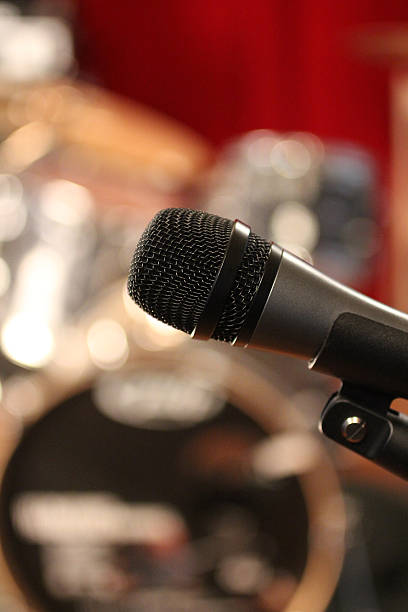Collaborative Production Workflows Between Creators and Technologists
Creative projects increasingly rely on integrated workflows where artists and technologists develop shared practices. Collaborative production workflows bridge discipline-specific workflows in culture, performance, theatre, music, film, galleries, and festivals so that curation, storytelling, choreography and technical infrastructure align to reach diverse audiences.

How do culture and curation shape workflows?
Curation and cultural context set priorities for any production workflow. When curators, cultural managers, and technologists meet early in a project, they identify which narratives and community values need amplification and which formats best support them. Embedding cultural research into the planning phase informs choices about audience access, metadata standards, archiving, and interpretive layers. This approach reduces late-stage rework and creates more inclusive outputs; technical solutions such as content management systems, accessible UX patterns, and multilingual support are selected to reflect curatorial goals rather than retrofitted afterward.
How does collaboration affect performance and theatre?
Performance and theatre depend on timing, spatial choreography, and live responsiveness, all of which benefit from collaborative technical design. Designers, directors, stage managers, and developers can co-create rehearsal workflows that integrate lighting cues, live sound engineering, sensor data, and projection mapping. Shared tooling—versioned cue lists, synchronized timelines, and networked control panels—helps cross-functional teams iterate quickly. This collaboration also clarifies safety, latency tolerances, and fallback plans so that creative risk-taking is supported by reliable technical procedures during public performances.
How can music, film and multimedia integrate?
Music and film workflows increasingly cross into multimedia experiences that combine linear narrative with interactive or spatial elements. Producers, composers, editors, and software engineers benefit from unified asset pipelines and interoperable file formats to preserve fidelity across formats. Real-time audio engines, synchronized playback systems, and containerized media assets make it easier to repurpose material across installations, screenings, and online platforms. Clear metadata, shared libraries, and collaborative review platforms shorten feedback loops and help maintain artistic intent as projects move between compositional, editorial, and technical stages.
What role do galleries, exhibitions and festivals play?
Galleries, exhibitions, and festivals are nodes where creators and technologists converge with audiences. Institutional workflows for exhibitions often require coordination between curators, conservators, AV technicians, and event managers; integrating technical specifications into exhibition briefs helps align installation methods with conservation and accessibility needs. Festivals introduce additional complexities like touring logistics, temporary networks, and signage systems. Standardized documentation templates, site surveys, and rehearsal windows for technical checks can reduce risk and ensure the visitor experience matches curatorial and production objectives.
How do choreography and storytelling align with tech?
Choreography and narrative design are shaped by constraints and possibilities offered by technology. Motion capture, AI-assisted choreography tools, and interactive storytelling platforms can extend expressive range when choreographers and developers co-design interfaces and data flows. Establishing shared vocabularies—what constitutes a ‘‘cue,’’ how motion data maps to visuals or sound, and how audience input influences narrative branching—ensures that technical implementations serve storytelling rather than dictating it. Iterative prototyping sessions with performers maintain bodily nuance and prevent technical systems from flattening creative outcomes.
How are production systems built for audiences and creators?
Production systems that serve both creators and audiences prioritize transparency, testing, and flexibility. Collaborative workflows include project governance, version control for assets, and documentation that is accessible to non-technical collaborators. Audience research informs UX decisions—ticketing flows, wayfinding, and content delivery modes—while analytics help teams refine engagement without compromising artistic integrity. Cross-disciplinary rehearsals and soft launches reveal user behavior and technical bottlenecks, allowing teams to tune performance, interactivity, and access. These practices help ensure that production pipelines deliver consistent, meaningful experiences for diverse audiences.
Conclusion Collaborative production workflows require deliberate structures that balance artistic priorities with technical constraints. By integrating curation, storytelling, and practical production planning early, teams can build resilient systems that support performance, film, music, gallery exhibitions, and festival programming. When creators and technologists maintain open communication, shared documentation, and iterative testing, projects achieve clearer storytelling and more accessible cultural experiences.





